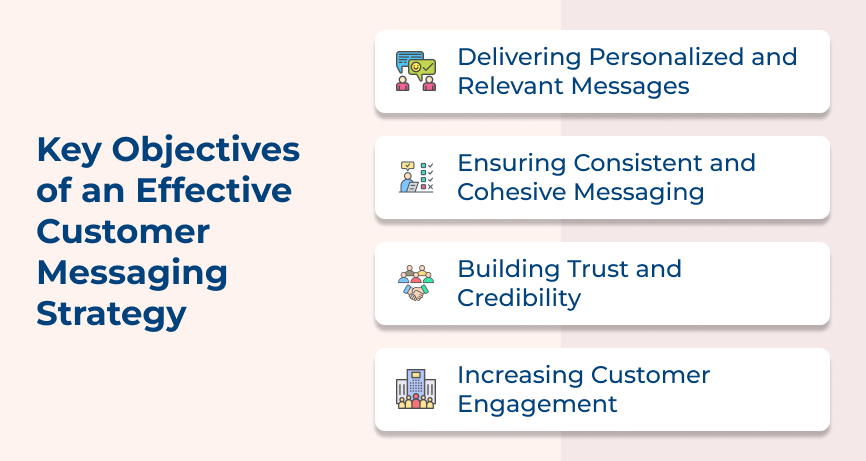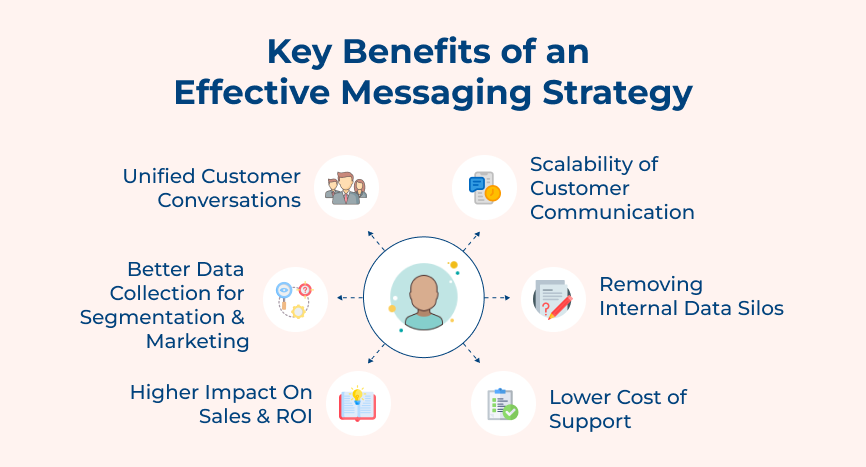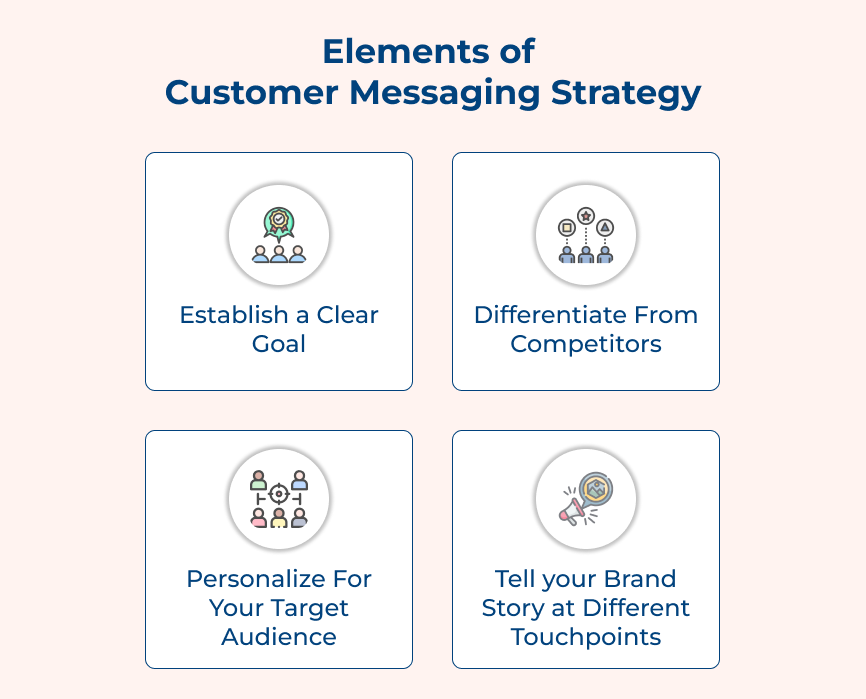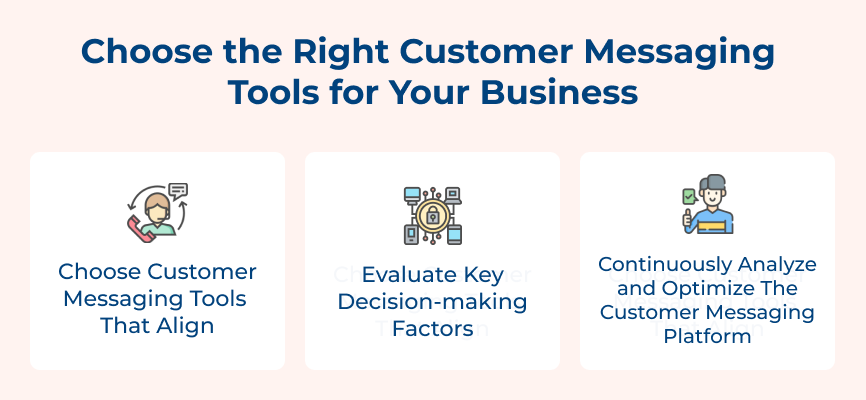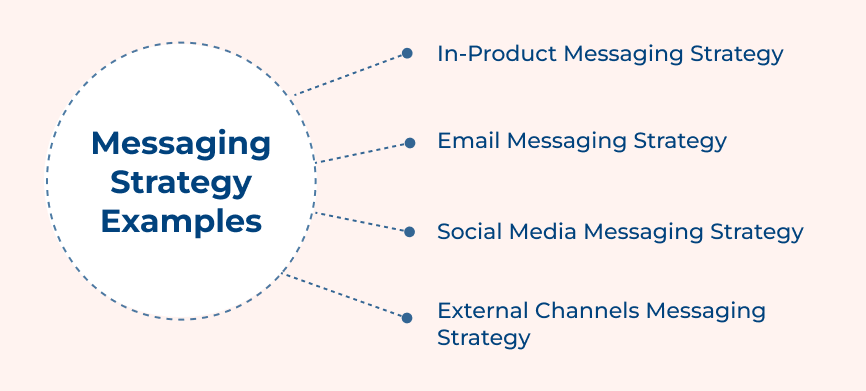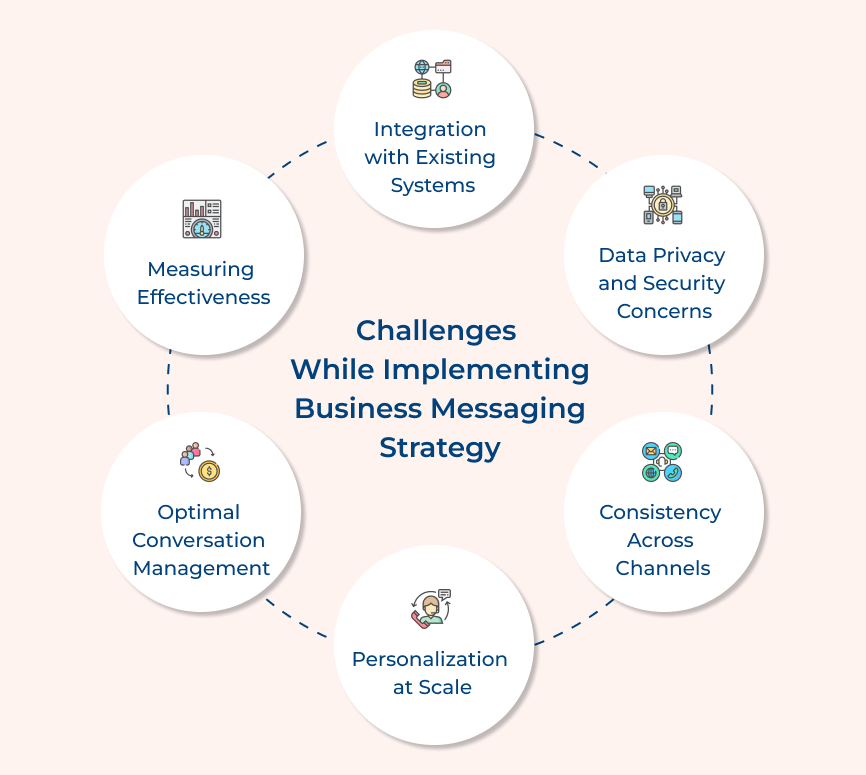1. In-Product Messaging Strategy
In-product messaging refers to messages that appear within the product or application. It could be in the form of pop-ups, tooltips, or notifications. The key to a successful in-product messaging strategy is to provide users with relevant and contextual information without interrupting their user experience.
Consider a scenario where there is a new feature or update lined up. One can use in-product messaging to inform and guide users on how to make the most of it. Keep the messages concise, clear, and visually appealing to grab the user’s attention.
2. Email Messaging Strategy
Email marketing continues to be a popular and effective channel for reaching the audience. It’s important to personalize the content based on the recipient’s preferences and behavior when creating an email messaging strategy. Segment the email list based on demographics, interests, or past interactions to deliver targeted messages.
Let’s imagine a customer recently made a purchase. The business can send a follow-up email with related product recommendations or exclusive offers to them. Craft compelling subject lines and optimize the email design for mobile devices to increase open rates.
3. Social Media Messaging Strategy
Social media platforms provide a great opportunity to connect with the audience on a more personal level. The social media messaging strategy should align with the brand’s tone and values. Make sure to tailor the messages to fit the platform’s format, such as short and engaging captions for Instagram or informative content for Twitter.
Visuals, such as images or videos, should also be used extensively as they are known to enhance engagement to a huge extent. Interact with the audience by responding to comments, sharing user-generated content, and running social media contests or promotions.
4. External Channels Messaging Strategy
External channels include channels outside of the organization’s direct control, such as press releases, guest blog posts, or partnerships with influencers. Consider the target audience of the channel while crafting the external channels’ messaging strategy and adapt your messaging accordingly.
If you are writing a guest blog post, make sure the content resonates with the host blog’s audience and provides value to them. Collaborating with influencers or industry experts can help expand the reach. Ensure consistent branding and messaging across different external channels to reinforce the brand identity.
Challenges While Implementing Business Messaging Strategy
Below are some of the key difficulties companies face while rolling out their messaging strategies and provide actionable insights to help you navigate these obstacles effectively.






